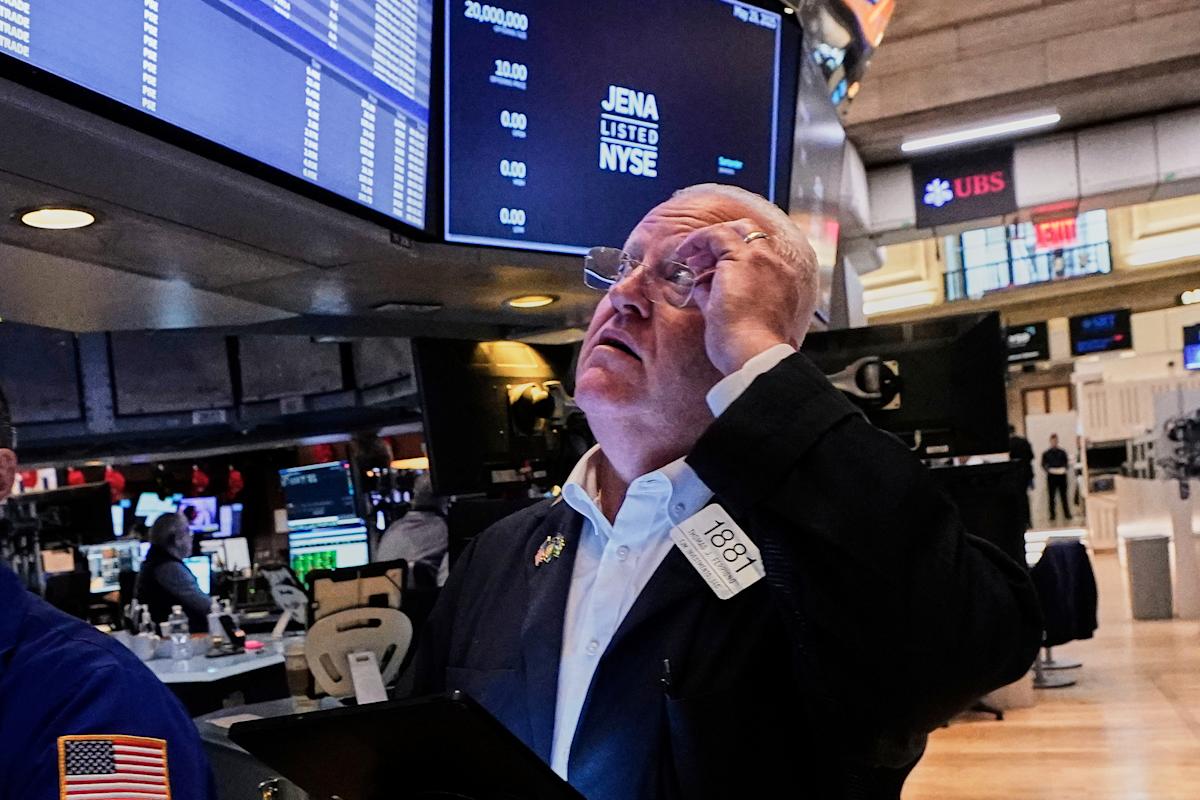
Consumer sentiment in the United States experienced a slight stabilization in May 2023, reflecting a nuanced landscape shaped by ongoing US-China tensions and evolving economic indicators. This improvement comes amidst fluctuating performance within major stock indices like the S&P 500, Nasdaq, and Dow, which have been responsive to geopolitical developments and inflation metrics.
According to the final readings from the University of Michigan’s consumer sentiment survey released in late May, the overall index held steady at 63.5, halting a four-month streak of significant declines. This stability in consumer sentiment is noteworthy but indicates a careful optimism rooted in recent developments, particularly in trade policy. Notably, the sentiment was initially lower earlier in the month, but a rebound occurred following news of a temporary pause on certain tariffs imposed on Chinese goods. This pause, as reported, contributed to a slightly improved outlook among American consumers regarding the economy.
Joanne Hsu, the director of consumer surveys at the University of Michigan, emphasized that anticipated business conditions improved notably after mid-month. This recovery is likely tied to the recent trade policy announcements that invoked a sense of cautious optimism among consumers and investors alike. The implication is clear: trade relations between the US and China are sending ripples through consumer confidence and economic expectations.
On the inflation front, long-term inflation expectations showed signs of moderation. The outlook over the next five to ten years fell to 4.2% in May from 4.4% in April, marking a significant shift as it ended an unprecedented streak of increases over the last four months. This drop indicates a glimmer of hope that inflation might be stabilizing after a prolonged period of rapid escalations. In contrast, short-term inflation expectations for the year ahead rose slightly to 6.6% from 6.5% in April. Although this reflects a minimal uptick, it is also the smallest increase observed since the election and suggests a potential softening of inflationary pressures that had been of great concern.
However, despite these optimistic indicators, many consumers are still grappling with economic uncertainties. Hsu pointed out that while there are improvements regarding inflation expectations, they do not fully counterbalance other areas exhibiting weakness. Unfortunately, ongoing concerns about stagnating incomes have cast a shadow over consumer sentiment. As incomes have not been able to keep pace with inflation, American households are struggling with current financial situations, which has dampened overall consumer mood.
In light of this context, the stock market has illustrated a somewhat volatile reaction. The S&P 500, a widely followed equity index, has exhibited wavering performance as investors grapple with these mixed signals from the economy. The volatility is attributed not only to domestic economic reports but also to the escalating tensions between the US and China, which continue to prompt uncertainty in the markets.
The Nasdaq has also been on a rollercoaster ride, reflecting the tech sector’s sensitivity to changes in economic policy and consumer behavior. Technology stocks are significantly influenced by consumer sentiment, as they often rely on discretionary spending. As consumers balance hopes regarding inflation and growing worries about international relations, tech stocks may experience further fluctuations.
The Dow Jones Industrial Average has similarly faced challenges, with its traditional mix of industrial and service-oriented companies feeling the pinch of economic headwinds. The declines in certain sectors indicate that while there is an overarching optimism, the recovery path remains fragile as consumers weigh their personal finances against external factors like trade disputes and inflationary pressures.
In summary, consumer sentiment in the United States has shown signs of stabilization, a positive shift after several months of decline. While the pause in tariffs on Chinese goods has brought about a cautious optimism, concerns over stagnant incomes and inflation still loom large in the minds of many Americans. As the S&P 500, Nasdaq, and Dow continue to navigate the complexities of both domestic and international pressures, investors and consumers alike are left to reassess their strategies in response to this evolving economic landscape.
Ultimately, the resilience of the American consumer remains paramount, carrying the weight of both current financial pressures and long-term expectations. While the outlook has improved slightly, the path forward is laden with uncertainties that require careful navigation as the global economic situation continues to fluctuate. For now, both consumer sentiment and the markets remain interconnected, reflecting the ongoing dance between optimism and caution in a rapidly changing world.
Source link









